Romanian Deadlift
There is no better exercise to develop your hamstrings and hip strength than the Romanian Deadlift. The deadlift is a hinge-type movement, requiring you load your Glutes and Hamstrings. If you want to improve your running speed and jumping abilities, incorporate RDLs into your regular training schedule.
Good Morning
The Good Morning is a mobility screen, warm-up and strengthening exercise. It teaches you how to load your hamstrings and hinge properly. You need to be proficient at the Good Morning before moving on to the more complicated RDL.
Here is how to perform the Good Morning
Stand with your legs approximately shoulder width apart with your feet facing forward, maintaining soft knees. Place your hands behind your head.
Start the movement by pressing your hips back as you hinge at the hips. Let your knees bend as needed, but don't actively squat down.
Raise back up to the starting position by pressing your hips forward until you reach full extension.
You can also perform this movement with load by using either a band or a bar on your shoulders.
starting position
How to get into the starting position:
Stand with your legs about shoulder width apart, feet facing forward or slightly out (try to keep them withing 10-15 degrees). The barbell should be positioned around your midfoot, between the knuckle of your big toe and your ankle.
Lower down by pressing your hips back, loading your Glutes and your Hamstrings (your butt and the back of your legs), hinging at your hips. As you hinge, bend your knees as you descend to grab the bar. Your torso should be angled forward, but shouldn't be parallel with the floor.
At the bottom position, your back should be flat, and your chest should be open. Use a parallel (pronated) until you reach your heavier sets.
The ideal starting position required adequate Range of Motion (ROM). If you are unable to get into the starting position with the barbell on the ground, read 'Scaling the RDL' below.
Scaling the RDL
If you're not able to get into the starting position with your back flat, you will need to scale the RDL by pulling from a block or elevated surface, to limit the Range of Motion demands. As you become stronger and more mobile, your range of motion will increase. Don't be afraid to load up the weight within your ROM ability level.
movement
The purpose of the RDL is to load the Hamstrings and the Glutes, making it a hinge movement, not a squat. Throughout the movement think about pressing your hips forward and standing up tall.
Start by bracing and tensioning into the bar by opening up your chest, squeezing your glutes and tightening your core. You can also think about 'Breaking the Bar', which will tighten up your Lat muscle and further stiffen your trunk. You should hear an audible 'click' as the barbell sleeve lifts into the weights. You may even lift the bar slightly off of the ground at this point, without any change in hip or leg position.
Start to pick the bar off the ground driving through your heels, pushing the floor away. The first part of the movement is similar to the squat.
Once you have cleared your knees, drive your torso up, and extend your hips forwards. I like to tell people to 'get really personal' with the barbell.
Descend by pressing your hips back and hinging your torso forward. You should feel the load on your Glutes and your Hamstrings.
Once you have descended below your knees, finish the movement by 'squatting' the weight to the floor/blocks.
Points of Performance
There is a common misbelief that deadlifts are bad for your back, or dangerous. In reality, deadlifts are one of the best movements you can do to strengthen your back and increase your resilience to injury. The reason people believe deadlifts are dangerous is because injuries can happen when you neglect your technique. As long as you maintain high quality standards you will be fine. So...
BE STRICT:
Keep the knees over the toes, not inside
Maintain an arch in your foot
Keep your back flat
Start the movement by loading your hips, not letting your knees come forward
Keep the bar close to you
Finish the movement with your hips fully extended and standing tall
Coaching Cues for Common Faults
Knees coming in
Screw your feet into the ground
Spread the floor
It is often helpful to use a Mini Band around your knee
Ankle/Arch Collapsing
Grip the ground with your big toe
Screw your feet into the ground
Pick up your big toe
Knees coming forward excessively
Sit into a chair
Start with your hips
Low Back Rounding
Cue the knees
Fix your top position, bracing at the top
Keep your chin neutral
Limit your Range of Motion






